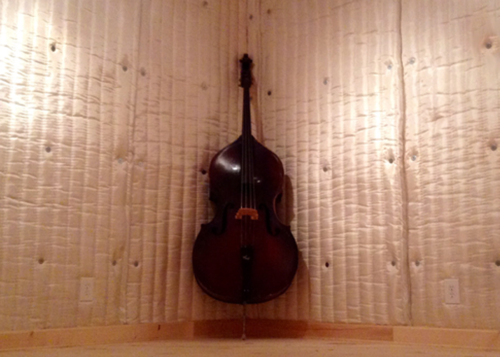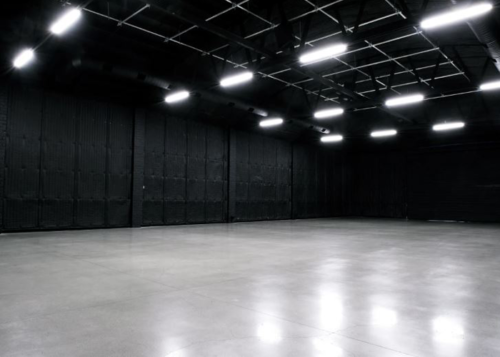What Acoustic Insulation Is and How It Works
First, we need to know What Acoustic Insulation Is and How It Works. Our past entry talked about noise pollution and how Soundproofing a quiet space may improve your health. For example, imagine you live near a Freeway, the main street with so much traffic, your house walls are too thin, and your neighbors are too loud. It is best to have quality acoustic insulation to protect the environment from unwanted noise.
What Is Acoustic Insulation?
Acoustic insulation is a lightweight bulky material that absorbs sound wave energy. Acoustic insulation reduces sound echo in homes, offices, and other buildings by absorbing sound as it’s penetrating the walls and ceilings. In cars and airplanes, it’s also used to reduce engine noise going out into the passenger areas. In concert halls and auditoriums, it helps absorb sounds by reducing echo throughout the space.
Acoustics (the science of sound) tells us that every surface reflects some amount of audible sound energy back toward its source—and this is true whether we’re talking about an acoustic guitar or a kitchen table! This means that acoustic insulation will help reduce unwanted sounds from entering your home or office through cracks in walls or around windows/doors where air conditioning ducts pass through exterior walls.
Acoustic Insulation Vs. Soundproofing Material
As the name suggests, acoustic insulation is used to reduce sound energy echo within a space. It’s typically found in smaller areas such as offices and private rooms noise absorbing panels or porous materials specifically designed to absorb sound waves.
Soundproofing materials are heavier and more dense products and are typically more expensive than acoustic insulation because they are designed to stop sound from coming into or leaving a space. Mass-loaded vinyl, gypsum board, and thick plywood are just some examples of soundproofing materials that can be used for Soundproofing a space.
How Does Acoustic Insulation Work?
Acoustic insulation is a porous and lightweight material that reduces sound energy as the sound waves pass through it. Acoustic insulation can be used to reduce noise for both inside or outside of a building and between different rooms with varying purposes as well as provide a barrier to separate and insulate cool from hot air spaces.
Indoor and Outdoor Noises
Indoor noises can be a nuisance to your daily life. These include the sound of your neighbor’s lawnmower, the vacuum cleaner, or even loud music that leaks through your walls. Outside noises can range from construction equipment and airplanes to dogs barking and nearby traffic.
The issue with these sounds is that they disrupt what you’re doing inside or outside your home. You may need to talk over them with someone else, or if you’re trying to relax and read or sleep, it can be difficult when there’s noise coming in from outside your house. Use acoustic insulation to reduce noise entering and leaving your home.
According to its purpose, the Quilted Studio Blanket is an excellent solution for absorbing sound reflection and reverberant noise in a Studio, building, or open room. Our blanket features more than 95% sound absorption, an R-Value = 9 with 50% recyclable content, and certified VOC compliance in California. The last feature to mention is that the Blankets reflect 97% of radiant heat, which is excellent in keeping space cooler during the warmer seasons.
The Studio Blanket’s foil backing is excellent for installations where a semi-rigid surface is required. When the Quilted Studio Blanket is used as a ceiling baffle, it is an efficient and economical way to mitigate sound and echo problems in large spaces.
The Quilted Sound Blocker Blankets have both an NRC 95% (absorption), and STC 16 (blocking) rating as the blankets provide both blocking and sound absorbing qualities.
If you need more information about our products or help with your projects call us, email us or visit our website.





